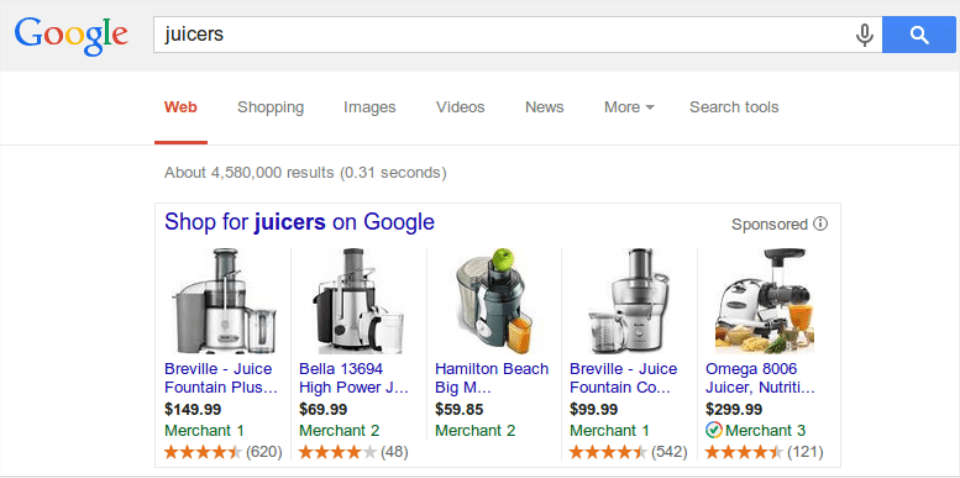Well, this question is probably the most loaded question of 2017. Google was recently slapped a whopping $2.7 billion fine by the European Commission (EC) for what it termed as unfair practices, in reference to Google Shopping Ads. These ads are also known as Product Listing Ads (PLAs). Google has decided to make significant changes to PLAs to make them compliant with the EC regulations. So, the good news is that PLAs are now dying. The bad news is that there is a lot of uncertainty regarding how the PLAs will evolve going forward. So, we are again left with the very question that we started with – how important is Google shopping for retailers?
The answer is quite complex.
For Starters, We Need to Know Whether Google Shopping is dead?
There is a simple answer to this question – no. The EC fine was specifically levied on Google for demoting its rivals in the comparison search domain, and promoting its own comparison shopping services. Now, Google has submitted to the EC the details of the steps it will be taking to ensure that its search engine follows more fair trade practices. In other words, Google Shopping will continue to exist, albeit with slight changes. Those changes will not affect most of the advertisers using Google Shopping services.
Which Brings Us to the Question – Do Retailers Need PLAs at All?
Well, only if you want to attract more sales, get more profits, and prosper.
PLAs are clearly the future of paid ads. The reason is that PLAs offer much more information than text ads. Even more important, they do it in a more engaging way. For instance, PLAs consist of product images, which immediately capture the attention of the user. More often than not, they also feature prices, which is quite uncommon in the case of text ads. Naturally, they have higher engagement than text ads, and therefore, get many more clicks.
There is another aspect of PLAs that makes them absolutely critical for every retailer. More than 60% of search engine queries come from mobile devices. In mobile phones, PLAs dominate the screen. When they can see images with prices, users hardly pay any attention for text ads. Without a doubt, PLAs are the future of search engine ads.
They are a Smart Investment for Retailers
Consider this – how many times does your audience click on your text ads only to visit your product page, and close the browser tab on learning that the product is too expensive? That customer hurt you in two ways. Firstly, they clicked on your ad without actually buying anything. That click cost you some money. Now, imagine hundreds or thousands of such users, and you begin to get a picture of the size of your losses. Of course, you already know that. This risk is what we know as conversion rate.
Secondly, in most cases, such customers leave your website as soon as they come to know about the high price. So, your bounce rate shoots up too, which Google algorithms might be taking into account to decide your page rankings.
PLAs help you minimize the negative effect of bouncing customers. As they can already see the price, along with the product image in the search results, they are more inclined to purchasing the product when they click on your ad. Thus, PLAs help you bring more relevant customers than text ads.
In a nutshell, PLAs aka Google Shopping allows you to bring in more relevant customers, reduce your costs, and stay ahead of your competition. Clearly, they are very important for retailers.






One Comment